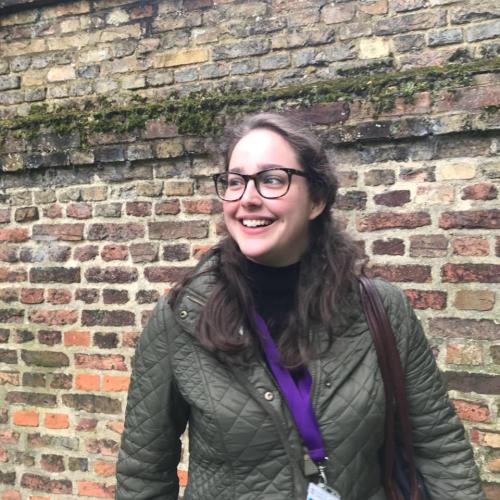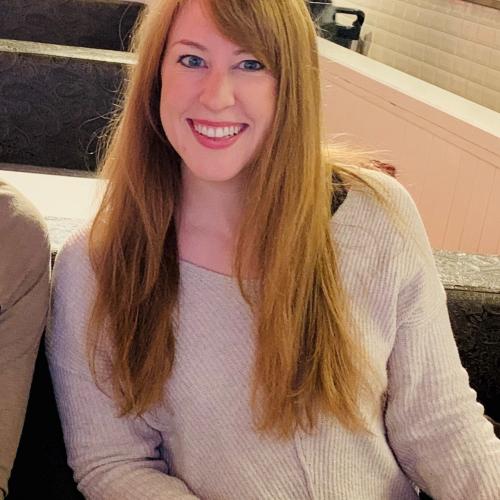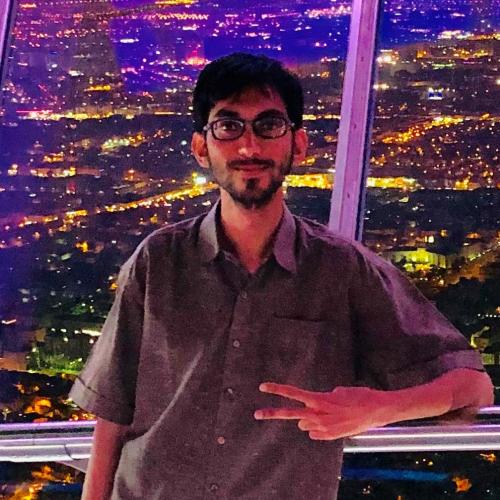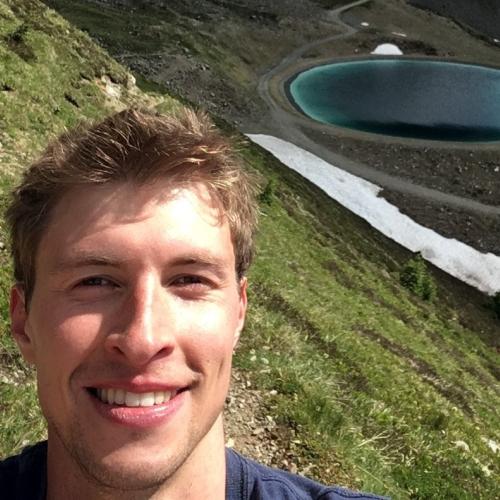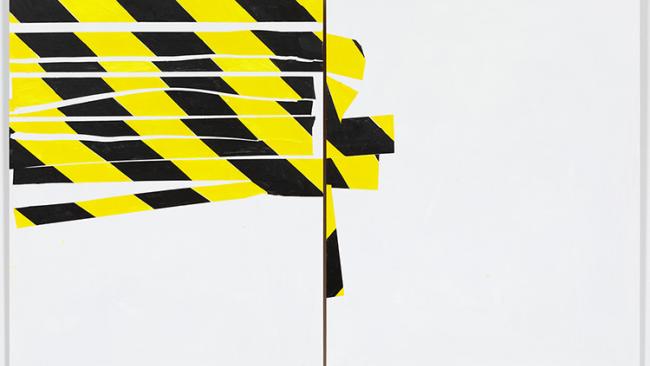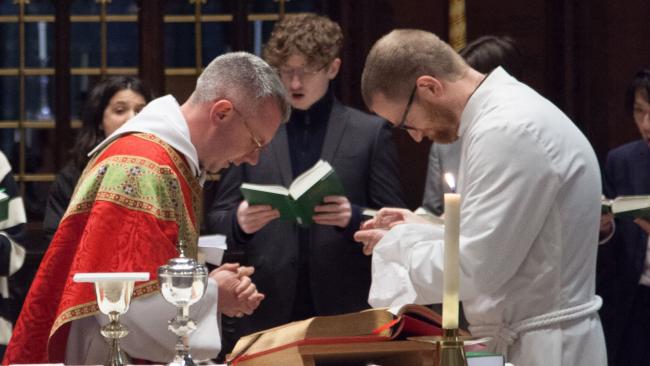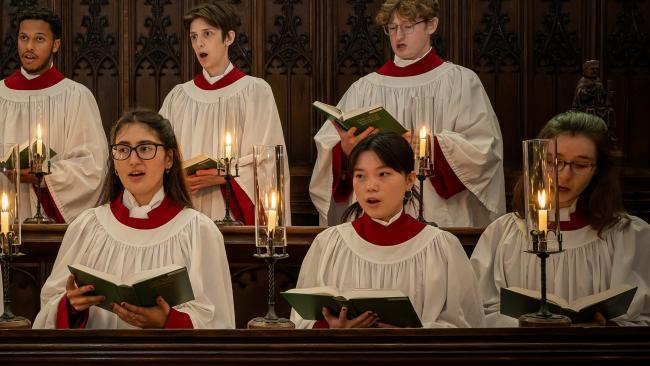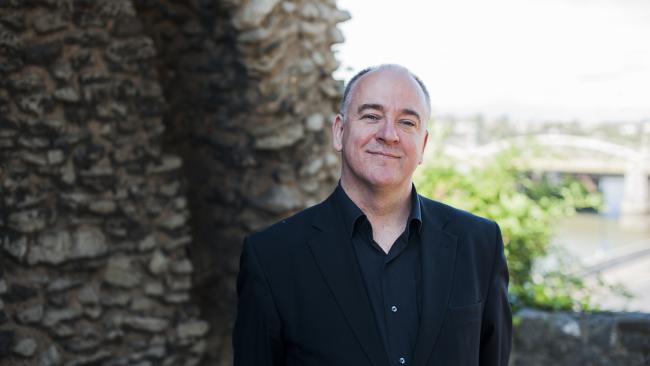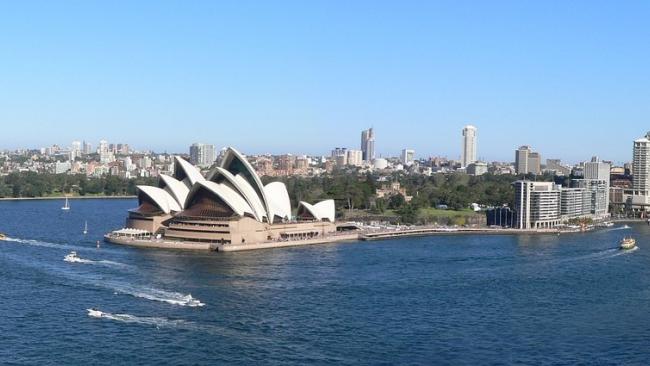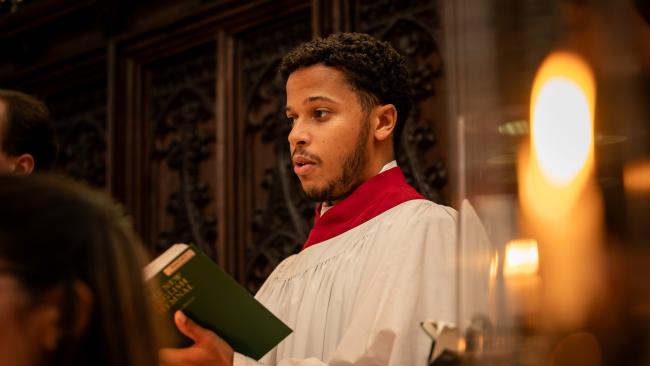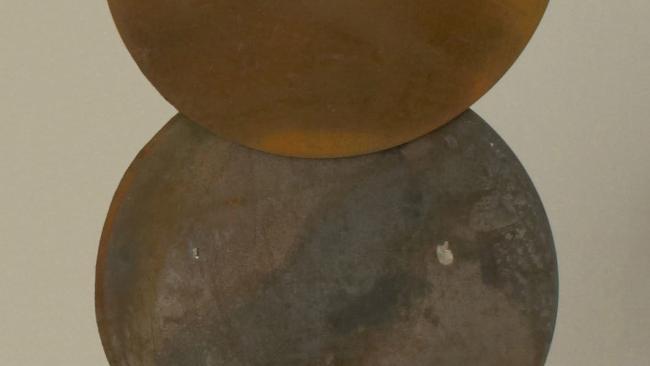
Roger Hiorns
Work exhibited: Untitled.
Roger Hiorns’ idea of burying an aircraft on land owned by Jesus College, with a stairway leading down to the passenger cabin from a hatch on the surface, is not so much an imaginary monument to a forgotten civilisation as a portent, a foreshadowing of a state of affairs in which civilisation is soon to be forgotten.
His work is governed by an ethical and political vision rendering ephemeral the seemingly monumental achievements of technological progress, while monumentalising the often unnoticed, often undetectable organic and inorganic microevents that have predated and that will postdate the human factor in evolution.
The buried aircraft is an (as yet) unrealised concept, but its confrontation of the synthetic with the natural, of the designed with the accidental, is continuous with the principles of organisation seen in a whole a series of works realised over the last ten years that bring together finished objects with open ended processes, exhausted materials with regenerative possibilities.
The best known of these projects was Seizure, which colonised a condemned London council flat with blue sulphate crystals that gradually transformed the entire property; the most recent and current is the exhibition at the Galerie Rudolfinum in Prague, which suspends clusters of found objects such as engine parts with portions of cow brain matter and constantly replenished supplies of foam to resemble foetal assemblages in the process of synthesizing borrowed materials to evolve new forms of their own.
Untitled (2008), which dates from the same period as Seizure, is a large, freestanding sculpture using plate steel. Its appearance refers to both the known point of origin and the formal terminus of the history of sculpture in calling to mind both the properties of a totemic object and the geometrical severity of abstract modernism. These two extremes together bracket the main subject matter of sculptural history: the human body.
However, the other constituent used in the fabrication of the sculpture is a very conspicuous product of human corporeality: urine. In its most familiar form it remains invisible here, yet its chemical presence in the work has invaded the entire surface with a specific variety of rust. Its deployment in the process of composition is consistent with the priority given in Hiorns’s work to the recycling and revaluing of rejected and degraded materials.
Whatever we define as waste or rubbish, whatever we identify as worthless, provides a clue to the overall priorities with which we operate in our current value systems and economies of meaning. Hiorns’s ambiguous icon of the long history of material objects incarnated with higher meaning, whether in a belief system or as part of the institution of art, is rooted subtly but inescapably in the economic metabolism of a society whose appetite for novelty and consumption seems relentless.
